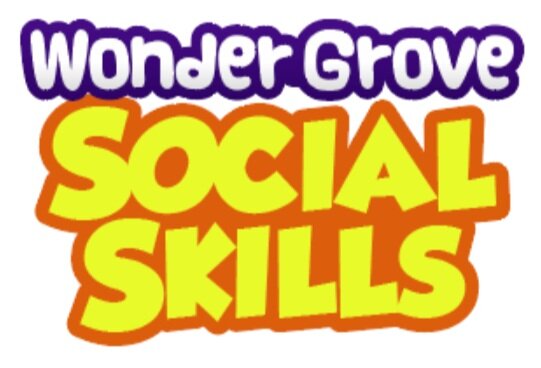Shake Up Your Sight Word Practice
Sight word practice seems easy enough on the surface, but it can be difficult to find or create multi-sensory teaching or practicing protocols or stations to engage different types of learners. Over the course of ten years as an intervention specialist, I’ve collected quite a few tools for engaging and effective sight word practice and put them all in one place for you! Check out four of my top practices for teaching sight words.
Puzzle Sight Words
Go to the dollar store and pick up a few simple puzzles of interest for your group or for an individual student. Write sight words on the back of those puzzle pieces (I do about half known words and half unknown words). I like to do Puzzle Sight Words with a whole small group sitting around me.
Gather your students and hand out the puzzles (with the words written on the back) to each student.
Start with one student. Pull out 5 puzzle pieces and put them in a line. Point to each word and ask the student to say it. If they know the word, they get to keep the piece. If they do not know the word, we practice it but I keep the piece for now.
Student 1 can see if any of the pieces they earned go together while you continue this process with each student at the table.
Once you’ve gone through all students begin the process again. In the second round, make sure to include the unknown words from the first round in their 5 puzzle piece lineup.
Repeat this process until time has run out or the students have all their puzzle pieces and have put their puzzles together!
When all words are known on the first trial, students get to take their puzzle and get a new one with new words.
Sand Words
For Sand Words, you will need glue, sand, a cheap paintbrush, thick index cards, and a spoon.
Using the glue, write out one unknown sight word on each index card and trace it with the paintbrush to give it some thickness.
Students can sprinkle sand on the word, say the word with you, and let it dry.
After the words are dry, use these index cards as their flashcards.
Go through your normal sight word practicing routine except that when a student has a miscue, guide the student through tracing the word with their finger while saying the word. That word then goes back into the stack.
Word Hops
This is a personal favorite of mine because it lets students expend some extra energy!
Using large notecards and a thick sharpie, write one word on each notecard.
You can have different “paths” for kids that need to learn different words.
Lay the words on the floor with room in between for kids to hop, making a path. Put the easier words toward the front of the path.
Students should line up then hop over each word after they say it. If the student has a miscue, the leader of that line (teacher, para, tutor, etc.), simply tells the student that word, the student repeats it back, and the student goes to the end of the line to try to get further next time.
Animated Words
We know that recognizing and saying words isn’t the entire point of practicing sight words. We also want our students to understand how to use these words when writing and anticipate or self-correct these words while reading. That’s where an animated library can come in handy!
I use the WonderGrove sight word libraries that are available with WonderGrove S.O.A.R. and WonderGrove Social Skills.
As a group, watch these one-minute videos which give kids a visual of the word while listening to a character use the word in various forms of context verbally. You can check out a sample below!
3. After watching the video, hand out some blank paper and crayons to each student. Guide students through writing the word then drawing pictures and/or writing sentences that remind them of the word or help them with the word. For example, “went” may have pictures of a school, store, and zoo. Younger students may point to each picture and say “I WENT to the store/school/zoo.” Older students may be able to write these sentences then draw the pictures!
Learn more about bringing WonderGrove to your classroom here.
